In an age where data is akin to digital gold, brands find themselves navigating an ocean of information. With an estimated 2.5 quintillion bytes of data created daily, the challenge for marketing professionals extends far beyond mere data acquisition; it involves discerning the right data from an overwhelming sea of information.
The issue’s crux lies in analyzing existing data and strategically collecting new data. The decision of which data collection method to employ is no trivial matter. Each method, be it surveys, in-depth interviews, observational studies, or digital analytics, offers a unique lens through which to view the consumer world. This choice significantly impacts the quality and relevance of the insights gathered, shaping the trajectory of marketing strategies.
Furthermore, integrating new information with existing datasets presents its own complexities. The art of data collection is not just about gathering more information; it’s about enhancing the value of the data already at hand.
Understanding Data Collection
Data collection refers to the process of gathering information relevant to marketing objectives. This can include consumer behavior, preferences, market trends, competitor analysis, and more. The significance of data collection lies in its power to inform and shape marketing strategies. By understanding the market and its consumers, brands can make informed decisions, tailor their offerings, and, ultimately, achieve a competitive edge.
Impact on Marketing Decisions
The insights gained from data collection directly influence marketing decisions. These decisions range from product development and pricing strategies to advertising channels and brand positioning. For instance, data on consumer preferences can guide product enhancements, while market trend analysis can inform pricing strategies. In essence, data collection provides the foundation upon which successful marketing campaigns and strategies are built.
Types of Data Collection Methods
Primary Data Collection
- Methods: This involves directly gathering new data from sources like surveys, interviews, and observations. These methods are tailored to specific research questions and are collected first-hand.
- Usage: Primary data is crucial when specific, targeted information is required, mainly when such data cannot be obtained from existing sources.
Secondary Data Collection
- Methods: This includes using existing data such as market reports, academic studies, and online resources.
- Usage: Secondary data is beneficial for providing background information, understanding broader market trends, and supplementing primary data.
Qualitative vs. Quantitative
- Qualitative Methods: Focus on understanding the ‘why’ behind consumer behaviours and attitudes, often involving more in-depth, subjective analysis.
- Quantitative Methods: These are aimed at quantifying data and are typically used to gauge market sizes, measure consumer preferences, and identify patterns.
Choosing the Right Data Collection Method
Selecting the appropriate data collection method is crucial in marketing research. This decision should be guided by the specific needs and objectives of the marketing strategy, along with practical considerations such as budget, time frame, and required accuracy.
Assessing Your Needs
Understanding the specific information required is the first step in selecting the correct data collection method. This involves defining clear research questions and objectives. For instance, is the goal to understand customer satisfaction, gauge market potential for a new product, or track brand awareness? The nature of these questions will influence the choice of data collection method.
Considerations for Method Selection
- Budget Constraints: Different methods have varying cost implications. For instance, online surveys might be more cost-effective than in-depth interviews or focus groups.
- Time Frame: Some methods are quicker than others. For example, secondary data analysis can be conducted faster than primary data collection methods like longitudinal studies.
- Accuracy and Reliability: The required level of accuracy and reliability of the data also dictates the choice of method. Quantitative methods like surveys are generally more reliable for statistical analysis, while qualitative methods offer deeper insights but may be more subjective.
- Scope of Data Required: The breadth and depth of data needed will also affect the choice. For broad market trends, secondary data might suffice, but for in-depth consumer insights, primary data collection would be necessary.
- Technological Considerations: The availability and use of technology can also influence the choice of data collection method. Online surveys and digital analytics tools have become more prevalent due to their efficiency and the breadth of data they can collect.
Navigating the Data Deluge: Strategies for Effective Data Collection
The abundance of data offers unprecedented opportunities for insights and innovation. However, this abundance can lead to information overload, making extracting meaningful and actionable intelligence challenging.
Understanding the Data Landscape
Before diving into data collection, it’s essential to have a clear understanding of the existing data landscape. This involves assessing the current data repositories, understanding the nature of the data available, and identifying the gaps in knowledge that new data collection efforts need to address. Are there areas where the existing data is too generic, outdated, or not sufficiently detailed? Answering these questions helps in setting clear objectives for new data collection.
Choosing the Right Data Collection Method
The method chosen for data collection can significantly influence the insights derived. It’s crucial to select an approach that aligns with the specific objectives of the marketing strategy. For instance, if the goal is to understand deep consumer motivations, qualitative methods like in-depth interviews or focus groups might be more effective. Conversely, surveys or digital analytics tools might be more appropriate for quantifying market trends or customer preferences.
Balancing Quantity with Quality
In a world obsessed with big data, it’s important not to lose sight of the ‘small data’ – the nuanced, qualitative insights that often provide the ‘why’ behind the ‘what.’ Balancing the quantitative abundance with qualitative depth is key. This might involve combining large-scale survey data with targeted interviews or using analytics tools to identify patterns that can be explored through observational studies.
Integrating New Data with Existing Information
Once new data is collected, the next challenge is effectively integrating it with existing datasets. This requires technical capabilities, like data warehousing and analytics software, and a strategic approach to data synthesis. The goal is to create a comprehensive view of the market or customer base, where new insights complement and enhance the existing knowledge base.
Staying Agile and Adaptable
Finally, agility in data collection is crucial. This means being open to continuously evolving data collection strategies as new technologies emerge and market dynamics shift. Regularly reviewing and updating data collection methods ensures that the information gathered remains relevant and actionable.
Best Practices in Data Collection
Adopting best practices in data collection is essential for ensuring the effectiveness and integrity of marketing research. This section explores ethical considerations, tips for maintaining data quality, and the role of technology in data collection.
Ethical Considerations
Ethical practices are paramount in data collection, particularly when dealing with personal and sensitive information.
- Informed Consent: Ensure that participants are fully aware of the nature of the research and consented to providing data.
- Privacy and Confidentiality: Protect the privacy and confidentiality of the data collected, especially in compliance with regulations like GDPR.
- Transparency: Be transparent about the data’s use, avoiding misleading questions or deceptive data collection methods.
Ensuring Data Quality
The reliability of marketing decisions is directly tied to the quality of the data collected.
- Accurate Data Collection Tools: Utilise reliable tools and software for data collection to minimise errors.
- Regular Data Validation: Implement processes to validate and cleanse the data regularly.
- Training for Data Collectors: Ensure that individuals involved in data collection are properly trained to maintain consistency and accuracy.
Technology in Data Collection
Technology is crucial in modern data collection, offering efficiency and enhanced capabilities.
- Digital Surveys and Polls: Online platforms can facilitate large-scale surveys quickly and cost-effectively.
- Data Analytics Tools: Advanced analytics tools can process vast amounts of data to uncover trends and insights.
- Social Media Analytics: Utilise social media platforms for real-time data collection and sentiment analysis.
- Mobile Data Collection: Leverage mobile technology for on-the-go data collection and to reach a wider audience.
By adhering to ethical standards, focusing on data quality, and effectively utilising technology, brands can ensure that their data collection efforts are both responsible and fruitful.
Navigating Conflicting Data: When Data Challenges Certainties
Encountering data that conflicts with established beliefs or expectations is not uncommon. But how do you navigate situations where collected data contradicts what is known or believed to be certain, and what are the implications for marketing strategy?
Understanding the Conflict
- Identify the Source of Conflict: Begin by pinpointing the exact nature of the conflict. Is it a matter of differing data sources, methodology discrepancies, or a genuine shift in market trends or consumer behaviour?
- Re-evaluate Assumptions: Use the conflicting data as an opportunity to re-examine existing assumptions or hypotheses. It’s essential to remain open to the possibility that the market dynamics may have evolved.
Analyzing the Data
- Cross-Validation: Compare the conflicting data with other sources or similar studies to verify accuracy. Cross-validation can help determine if the conflict is an anomaly or part of a broader trend.
- Qualitative Analysis: Sometimes, quantitative data may not provide the complete picture. Qualitative methods like interviews or focus groups can offer deeper insights into the reasons behind the data discrepancies.
Strategic Decision Making
- Risk Assessment: Evaluate the potential risks of ignoring versus considering the conflicting data in decision-making.
- Adaptive Strategies: Develop flexible marketing strategies that adapt to new insights or changing market conditions. This may involve A/B testing different approaches or creating contingency plans.
Embracing Change and Uncertainty
- Learning and Growth: View conflicting data as an opportunity for learning and growth. It can uncover blind spots and lead to more informed and dynamic marketing strategies.
- Innovative Thinking: Encourage a culture that embraces change and is unafraid to challenge the status quo. This mindset can be crucial for staying ahead in a rapidly evolving market.
Conflicting data should not be immediately dismissed as erroneous. Instead, it should prompt a thorough analysis and reassessment of marketing strategies. Embracing this complexity can lead to more resilient and innovative approaches in marketing.
Challenges and Solutions in Data Collection
Data collection is fraught with challenges, each requiring strategic solutions to ensure the integrity and usefulness of the data. This section identifies common obstacles in data collection and provides practical solutions to address them.
Challenge 1: Data Quality and Accuracy
Solution:
- Implement rigorous data validation processes.
- Use advanced analytics tools for automatic error detection.
- Train staff in accurate data entry and handling.
- Regularly update and clean the database to remove outdated or irrelevant information.
Challenge 2: Ensuring Data Privacy and Security
Solution:
- Adhere strictly to data protection laws like GDPR and CCPA.
- Anonymise and encrypt sensitive data.
- Conduct regular security audits and updates to protect data from breaches.
Challenge 3: Bias in Data Collection
Solution:
- Use randomised sampling methods to avoid selection bias.
- Include diverse populations in surveys and research studies.
- Train researchers to recognise and minimise personal and cognitive biases.
Challenge 4: Managing Large Volumes of Data
Solution:
- Invest in scalable data storage solutions like cloud services.
- Use data management software to organise and process large datasets efficiently.
- Regularly archive or dispose of unnecessary data to prevent overload.
Challenge 5: Integrating Different Data Sources
Solution:
- Utilise data integration tools that can consolidate diverse data formats and sources.
- Establish standardised data formats and protocols across the organisation.
- Regularly synchronise different databases to ensure consistency.
Challenge 6: Keeping Up with Rapidly Changing Markets
Solution:
- Employ real-time data collection tools like social media analytics.
- Conduct frequent and iterative market research to stay abreast of trends.
- Adopt agile methodologies in marketing strategies to quickly respond to new insights.
Challenge 7: Balancing Quantitative and Qualitative Data
Solution:
- Combine survey data with in-depth interviews or focus groups for a holistic view.
- Use mixed-methods research approaches to leverage the strengths of both quantitative and qualitative data.
While data collection presents several challenges, strategic solutions can effectively address these obstacles. By prioritising data quality, privacy, and adaptability and leveraging technology and best practices, marketers can navigate these challenges and harness the full potential of their data.
Leveraging Synthetic Data for Validating Real Data
Synthetic data – artificially generated data that mimics real datasets – is emerging as a powerful tool for validating and enhancing the reliability of real data. This section delves into the role of synthetic data in marketing research, particularly in validating and supplementing real data.
Understanding Synthetic Data
- Definition and Creation: Synthetic data is generated through algorithms and simulation models to replicate the statistical properties of real-world data without utilising actual data points. This method ensures privacy and helps overcome limitations of access to real data.
- Use Cases in Marketing: Synthetic data can be used for scenario analysis, predicting consumer behaviour, and testing new marketing strategies without the risk and expense of real-world implementation.
Validating Real Data with Synthetic Data
- Cross-Verification: By comparing real data with synthetic datasets, researchers can identify anomalies or inconsistencies in the real data, enhancing its accuracy and reliability.
- Filling Data Gaps: Synthetic data can be used to simulate scenarios or data points that are missing or problematic to collect in real datasets, thereby providing a more comprehensive view.
Enhancing Data Privacy and Compliance
- Privacy Compliance: Synthetic data is particularly valuable in adhering to privacy regulations, as it allows for analyzing data patterns without using actual customer data.
- Safe Testing Environment: It provides a secure environment to test and validate data models without exposing sensitive customer information.
Integrating Synthetic and Real Data
- Hybrid Models: Combining synthetic and real data can create robust models that offer deeper insights. This integration can enhance the predictive accuracy of marketing models.
- Iterative Validation: Iteratively using synthetic data alongside real data helps continuously refine and validate marketing models and strategies.
Synthetic data presents a unique opportunity for marketers to validate and enhance their real data while maintaining data privacy and compliance. Its integration into marketing research can lead to more accurate, ethical, and effective marketing strategies.
Technology Focus: Embracing Cutting-Edge Trends in Data Collection
Artificial Intelligence and Machine Learning
- Automated Data Processing: AI and ML algorithms can process vast amounts of data more quickly and accurately than traditional methods, identifying patterns and insights that might be missed by human analysis.
- Predictive Analytics: These technologies enable marketers to predict consumer behaviour and market trends by analyzing past data, informing more proactive and targeted marketing strategies.
- Personalisation at Scale: AI-driven data analysis helps create highly personalised marketing campaigns that cater to individual consumer preferences and behaviours, enhancing customer engagement and conversion rates.
Internet of Things (IoT)
- Real-Time Data Collection: IoT devices like smart home gadgets, wearables, and connected cars provide a continuous stream of real-time data, offering fresh insights into consumer lifestyles and habits.
- Enhanced Consumer Insights: This technology enables the collection of more nuanced data, such as usage patterns and environmental conditions, which can be used to refine product offerings and marketing messages.
- Location-Based Marketing: IoT devices offer geolocation data, which can be used for highly targeted location-based marketing campaigns.
Global vs. Local Perspectives: Tailoring Data Collection to Cultural Contexts
Data collection methods can vary significantly in effectiveness depending on cultural and regional differences.
Cultural Sensitivities and Preferences
- Language and Communication Styles: Data collection methods must be adapted to local languages and communication preferences. What works in one region might not resonate in another due to linguistic and cultural nuances.
- Cultural Attitudes Towards Data Sharing: Willingness to share personal information can vary significantly between cultures. Understanding these attitudes is critical to designing effective data collection strategies that respect local norms and preferences.
Legal and Ethical Considerations
- Compliance with Local Laws: Data collection practices must comply with local data protection laws, which can vary widely from country to country.
- Ethical Standards: Adhering to ethical standards that respect local cultural values and norms is crucial for legal compliance and building trust with the local audience.
Market-Specific Strategies
- Localised Surveys and Studies: Tailoring surveys and market studies to reflect local conditions, preferences, and consumption patterns can yield more accurate and relevant data.
- Employing Local Expertise: Collaborating with local market experts can provide valuable insights into the most effective data collection methods and techniques in a particular region.
Staying abreast of technological advancements and being mindful of global and local differences are crucial for effective data collection in today’s marketing landscape. These considerations enable marketers to gather more relevant, accurate, and actionable data, driving more successful marketing strategies.
Harnessing the Power of Data in a Rapidly Evolving Marketing Landscape
As we wrap up this exploration of data collection methods in marketing, it’s clear that how data is gathered, analysed, and utilised is pivotal in shaping successful marketing strategies. From understanding the basics of data collection to navigating the complexities of technology and cultural nuances, marketers are equipped with a wealth of methods to make informed decisions.
Future Trends in Data Collection
Looking forward, the field of data collection is poised for even more transformative changes driven by technological innovation and shifting market dynamics.
- Advancements in AI and Machine Learning: These technologies will continue evolving, offering even more sophisticated tools for predictive analytics and automated data processing, enabling brands to anticipate market trends and consumer needs more accurately.
- Increased Use of IoT Data: The Internet of Things will expand its reach, providing marketers with a richer tapestry of real-time consumer data, further enhancing personalised marketing efforts.
- Rise of Privacy-Enhancing Technologies: As data privacy concerns grow, technologies that enhance privacy while allowing for valuable data collection and analysis will become increasingly important.
- Greater Emphasis on Ethical Data Practices: Ethical considerations in data collection will take centre stage, with businesses focusing more on responsible data practices that build consumer trust.
- Augmented Reality and Virtual Reality: These technologies will open new avenues for data collection, offering immersive ways to understand consumer behaviour and preferences.
Embracing Change and Innovation
The world of data collection is dynamic and ever-evolving. Marketers must stay agile, continuously adapting to new technologies and methodologies while adhering to ethical and legal standards. By embracing current best practices and future trends, marketers can harness the full potential of data to drive innovative and effective marketing strategies.
As we look to the future, one thing remains sure: effectively collecting and utilising data will continue to be a cornerstone of successful marketing. Exploring and mastering these methods is ongoing, and those who stay informed and adaptable will lead the way in the ever-changing marketing landscape.
Get regular insights
Keep up to date with the latest insights from our research as well as all our company news in our free monthly newsletter.

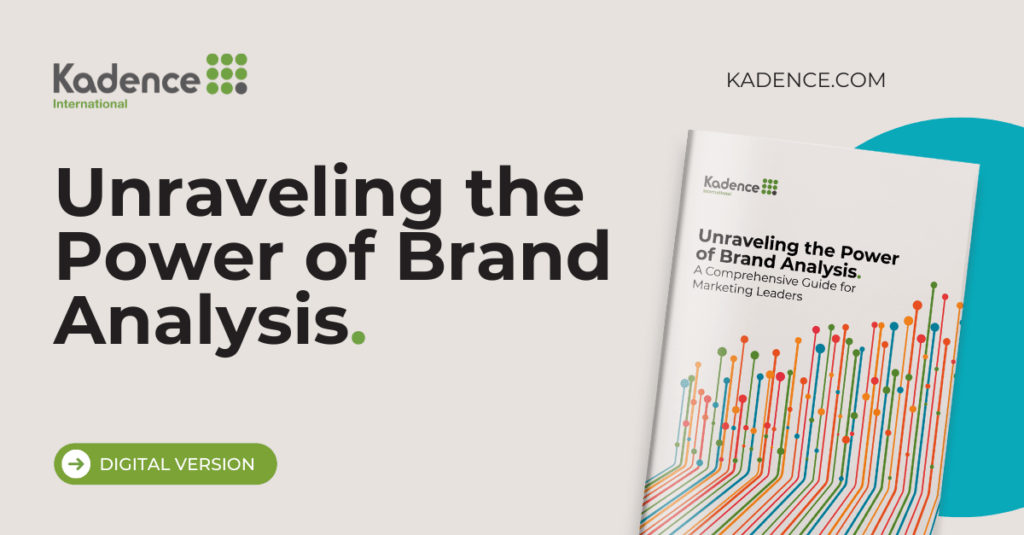
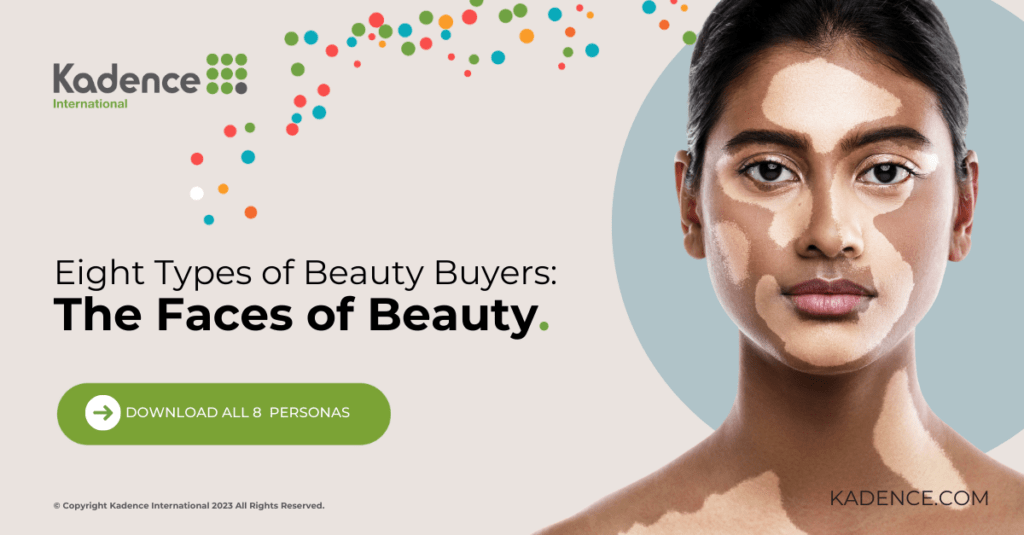
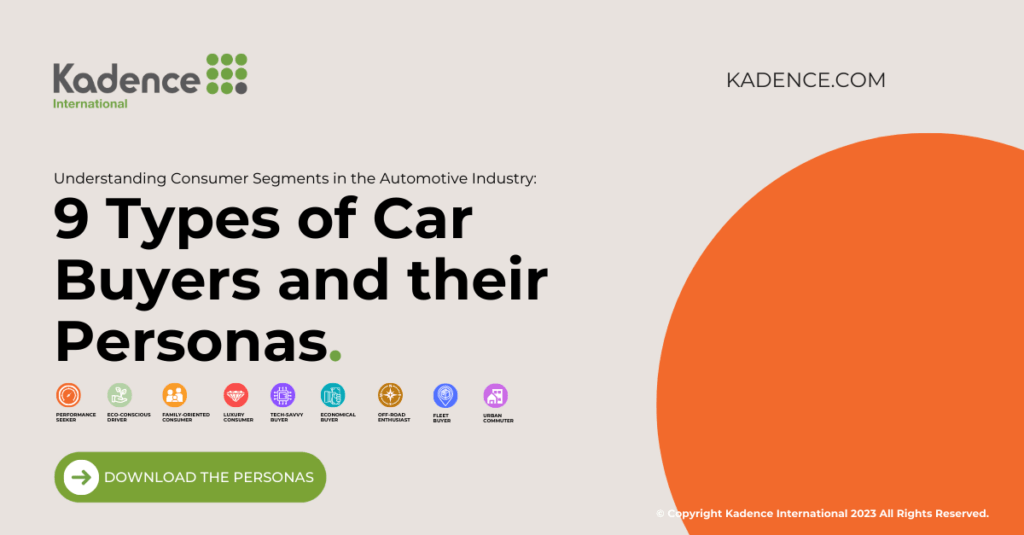
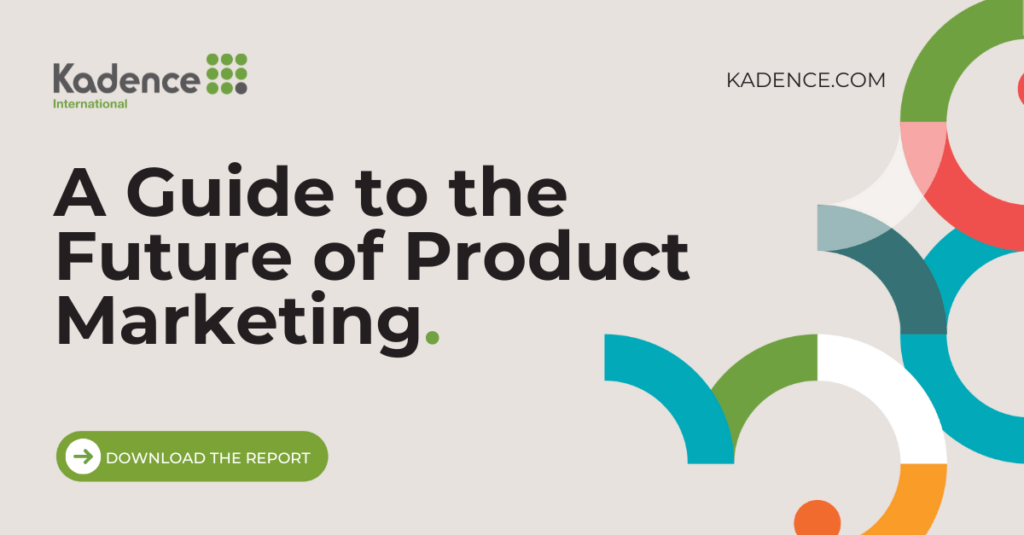


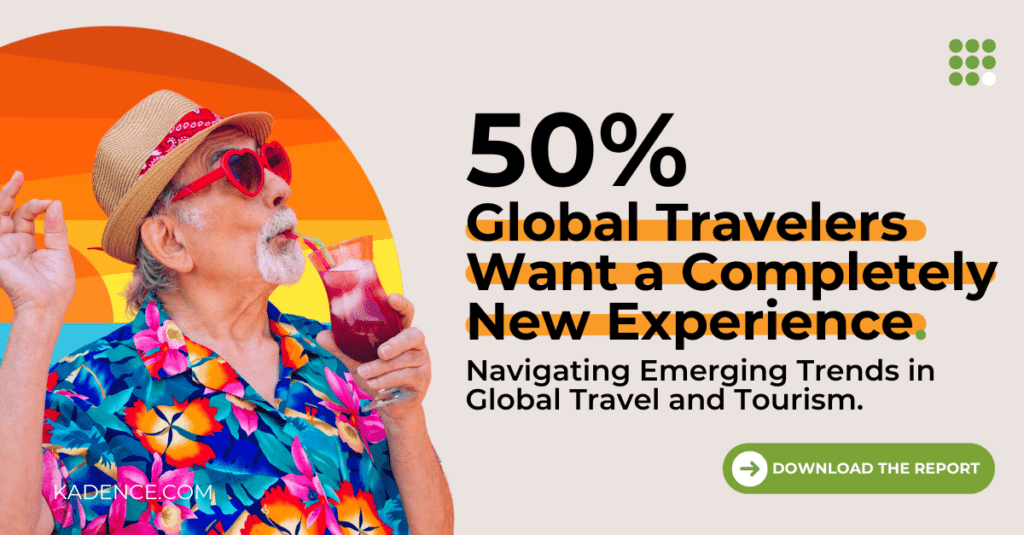
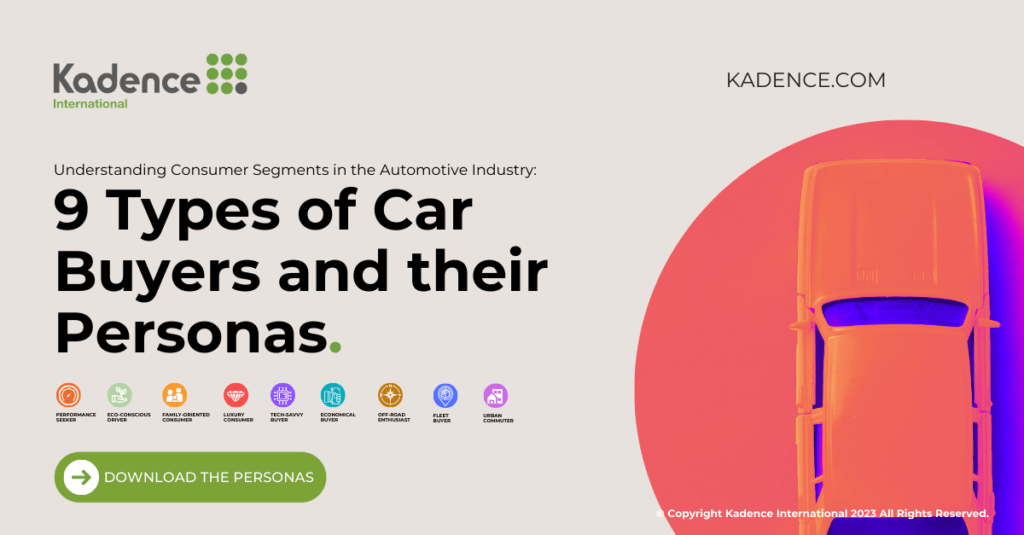
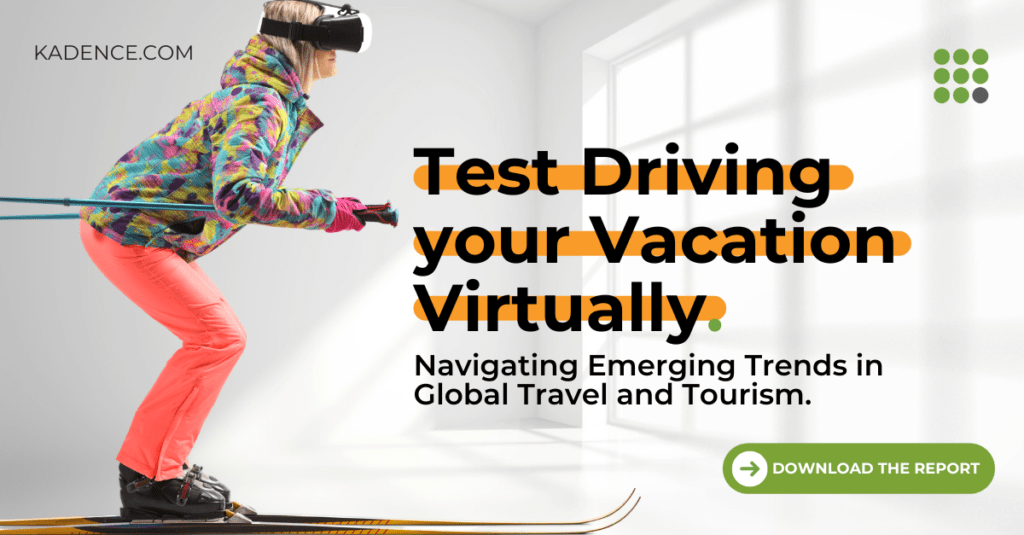
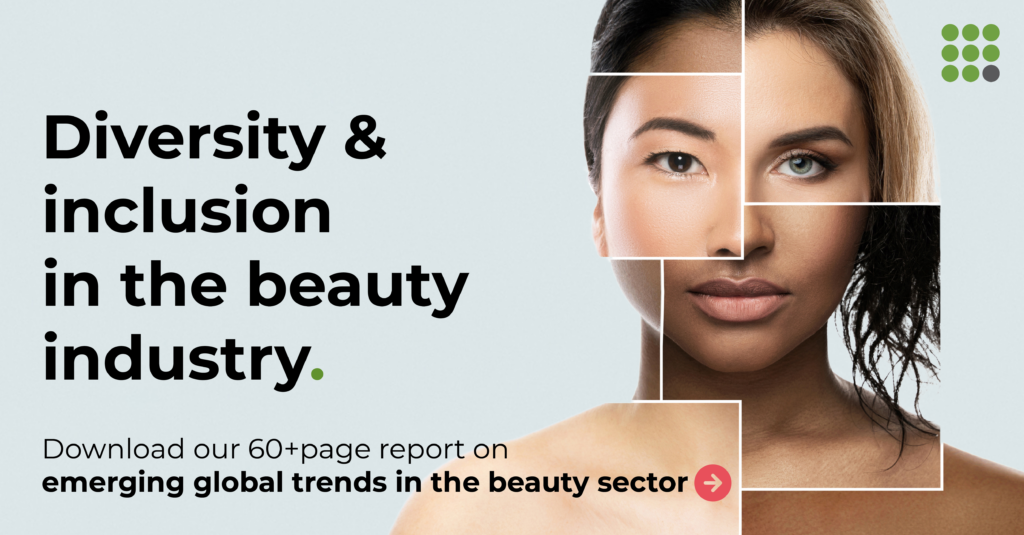

 Senior Marketing Executive
Senior Marketing Executive Sales & Marketing
Sales & Marketing General Manager PR -Internal Communications & Government Affairs
General Manager PR -Internal Communications & Government Affairs Vital Strategies
Vital Strategies
 Customer Intelligence Director
Customer Intelligence Director